Flat feet, or fallen arches, is a common condition characterized by little to no arch in the foot. It affects a significant number of individuals in the UK, causing discomfort and potentially leading to foot-related problems. Wearing appropriate footwear is crucial for individuals with flat feet to alleviate pain, provide optimal support, and maintain proper foot alignment. In this article, we will explore the importance of choosing the right shoes for flat feet in the UK and provide a summary of the key considerations when selecting footwear. Understanding Flat Feet in the UK: Flat feet occur when the tendons and ligaments in the arch of the foot fail to properly support the bones and form a natural arch. This condition can be hereditary or acquired due to factors such as injury, aging, or obesity. For those with flat feet, the lack of arch support can lead to overpronation (foot rolling inward excessively), which can result in painful conditions like plantar fasciitis, Achilles tendinitis, or shin splints. Importance of Appropriate Footwear: Wearing the right shoes is crucial for individuals with flat feet, as it helps provide the necessary support and stability to alleviate discomfort and reduce the risk of foot-related issues. Here are some key benefits of choosing appropriate footwear for flat feet: 1. Arch Support: Shoes designed for flat feet offer built-in arch support, which helps to support the foot’s natural arch and distribute weight more evenly across the foot. This prevents excessive pronation and reduces strain on the feet, ankles, and knees.
leather
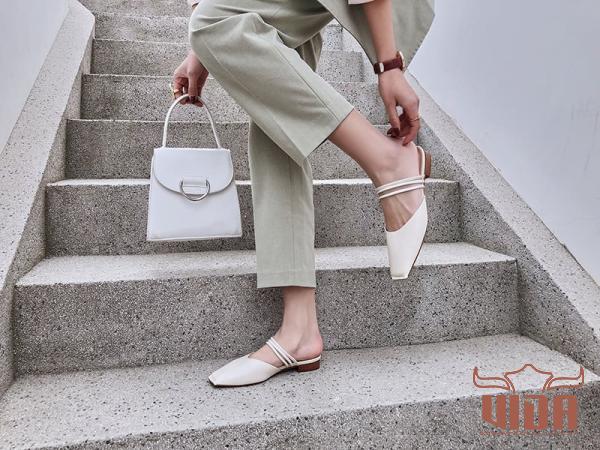 2. Stability and Motion Control: Footwear with stability and motion control features helps in preventing the inward rolling motion of the foot, providing enhanced stability and alignment. This can alleviate pain and reduce the risk of injuries. 3. Cushioning: Cushioned soles in shoes designed for flat feet offer shock absorption, reducing the impact on the feet while walking or running. Adequate cushioning can enhance comfort and protect the feet from excessive stress. 4. Comfort and Fit: The right footwear should provide a comfortable fit, allowing the foot to move naturally without restrictions. Proper fit ensures that the toes have enough room to move, and the shoe securely wraps around the foot, preventing unnecessary rubbing or friction that can lead to blisters or calluses. Choosing Shoes for Flat Feet in the UK: When selecting shoes for flat feet in the UK, it’s important to consider various factors to ensure optimal comfort and support. Here is a summary of key considerations during the shoe selection process: 1. Arch Support: Look for shoes with built-in arch support or consider using custom orthotic inserts to provide personalized support. The arch support should be firm enough to prevent overpronation but flexible enough to allow natural foot movement. 2. Stability Features: Opt for shoes that offer stability features such as a firm midsole, reinforced heel cup, or a supportive shank. These elements help maintain proper foot alignment and reduce excessive inward rolling of the foot.
2. Stability and Motion Control: Footwear with stability and motion control features helps in preventing the inward rolling motion of the foot, providing enhanced stability and alignment. This can alleviate pain and reduce the risk of injuries. 3. Cushioning: Cushioned soles in shoes designed for flat feet offer shock absorption, reducing the impact on the feet while walking or running. Adequate cushioning can enhance comfort and protect the feet from excessive stress. 4. Comfort and Fit: The right footwear should provide a comfortable fit, allowing the foot to move naturally without restrictions. Proper fit ensures that the toes have enough room to move, and the shoe securely wraps around the foot, preventing unnecessary rubbing or friction that can lead to blisters or calluses. Choosing Shoes for Flat Feet in the UK: When selecting shoes for flat feet in the UK, it’s important to consider various factors to ensure optimal comfort and support. Here is a summary of key considerations during the shoe selection process: 1. Arch Support: Look for shoes with built-in arch support or consider using custom orthotic inserts to provide personalized support. The arch support should be firm enough to prevent overpronation but flexible enough to allow natural foot movement. 2. Stability Features: Opt for shoes that offer stability features such as a firm midsole, reinforced heel cup, or a supportive shank. These elements help maintain proper foot alignment and reduce excessive inward rolling of the foot.
Specifications of leather
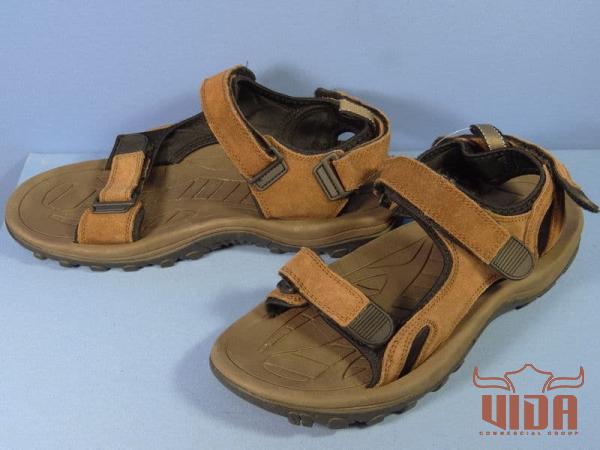 3. Motion Control: Shoes with motion control features like a firm heel counter and pronounced outsole can provide added support and reduce overpronation. Look for terms like “motion control” or “stability” when searching for suitable footwear. 4. Cushioning: Shoes should provide adequate cushioning in the midsole and heel area to reduce impact and improve comfort. Look for materials such as EVA foam or gel inserts that offer shock absorption. 5. Arch Type: Consider the specific arch type in relation to the shoes available. People with flat feet typically have low arches, so it is essential to select shoes designed for low or flat arches. Some brands offer shoes specifically tailored for individuals with flat feet. 6. Width and Toe Box: Look for shoes that come in varying widths to accommodate the specific foot shape. A wider toe box allows the toes to splay naturally and prevents squeezing or friction, which can cause discomfort or foot problems. 7. Breathability and Material: Choose shoes made from breathable materials like mesh or leather to allow better airflow and reduce moisture build-up. This can help prevent issues such as foot odor or fungal infections.
3. Motion Control: Shoes with motion control features like a firm heel counter and pronounced outsole can provide added support and reduce overpronation. Look for terms like “motion control” or “stability” when searching for suitable footwear. 4. Cushioning: Shoes should provide adequate cushioning in the midsole and heel area to reduce impact and improve comfort. Look for materials such as EVA foam or gel inserts that offer shock absorption. 5. Arch Type: Consider the specific arch type in relation to the shoes available. People with flat feet typically have low arches, so it is essential to select shoes designed for low or flat arches. Some brands offer shoes specifically tailored for individuals with flat feet. 6. Width and Toe Box: Look for shoes that come in varying widths to accommodate the specific foot shape. A wider toe box allows the toes to splay naturally and prevents squeezing or friction, which can cause discomfort or foot problems. 7. Breathability and Material: Choose shoes made from breathable materials like mesh or leather to allow better airflow and reduce moisture build-up. This can help prevent issues such as foot odor or fungal infections.
buy leather
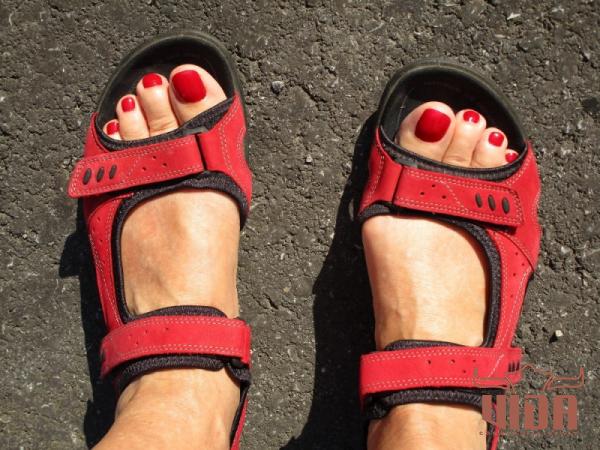 8. Professional Fitting: Consider visiting a specialty shoe store where the staff can measure your feet, analyze gait, and provide expert advice on the best shoe options for flat feet. Professional fitting ensures a personalized approach to finding the ideal footwear. Conclusion: Individuals with flat feet in the UK should prioritize choosing the right shoes to alleviate pain, enhance comfort, and maintain appropriate foot alignment. Arch support, stability features, cushioning, and comfort are key considerations when selecting footwear for flat feet. By understanding the importance of appropriate shoe selection and considering the summary of key factors outlined in this article, those with flat feet can find suitable footwear to support their unique foot structure, promote healthier movement, and prevent foot-related issues in the UK.
8. Professional Fitting: Consider visiting a specialty shoe store where the staff can measure your feet, analyze gait, and provide expert advice on the best shoe options for flat feet. Professional fitting ensures a personalized approach to finding the ideal footwear. Conclusion: Individuals with flat feet in the UK should prioritize choosing the right shoes to alleviate pain, enhance comfort, and maintain appropriate foot alignment. Arch support, stability features, cushioning, and comfort are key considerations when selecting footwear for flat feet. By understanding the importance of appropriate shoe selection and considering the summary of key factors outlined in this article, those with flat feet can find suitable footwear to support their unique foot structure, promote healthier movement, and prevent foot-related issues in the UK.
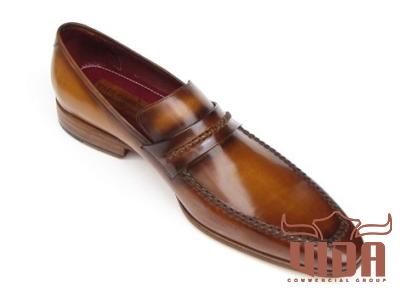
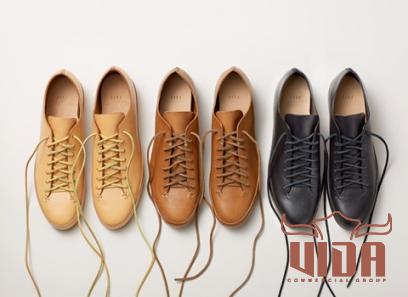
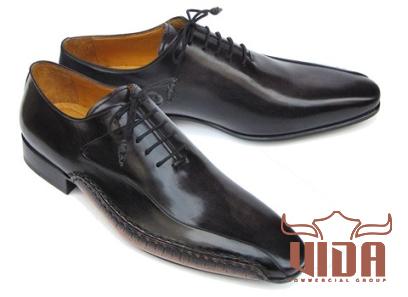
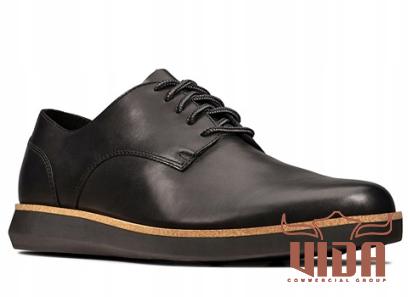
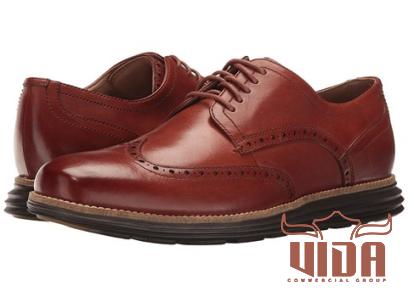
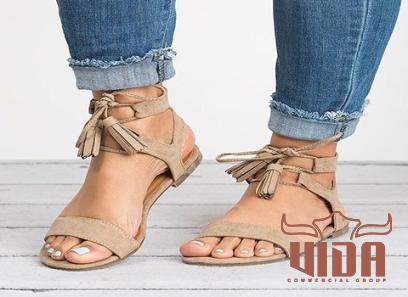
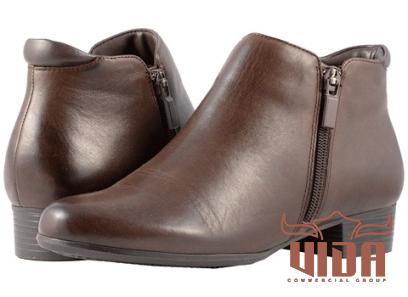
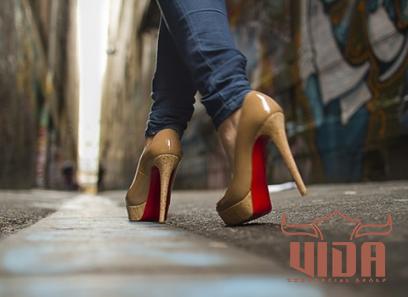

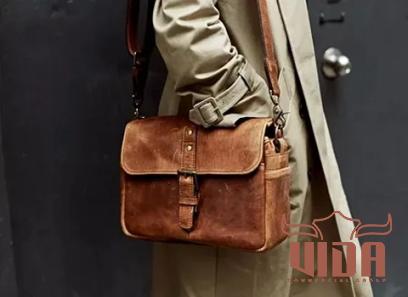
Your comment submitted.